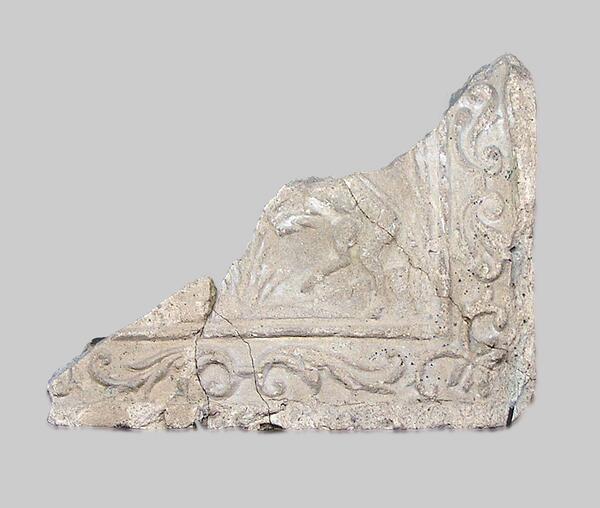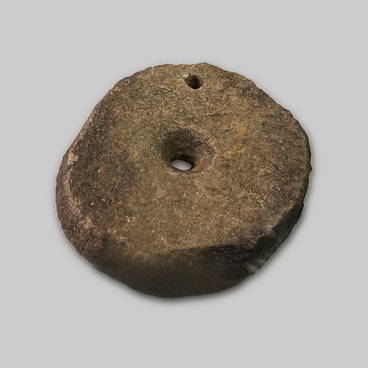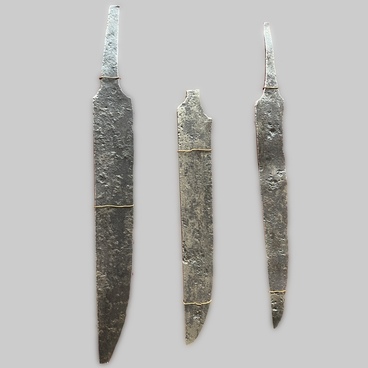A very popular Russian artistic craft was manufacturing of covering ceramic materials including tiles. They were fabricated by impressing images in wooden forms sprinkled with sand.
Most workshops were located in Moscow and near it. In XVII century, redware with relief images was used to tile the stoves. Prevailing storylines were hunting scenes, images of warriors besieging a fortress, or fictitious animals — Sirin bird, unicorn, vulture, chimeras and others. The tiles were only attached to a rectangular brick stove similar to a Dutch one. Such stove was expensive and was only available in the houses of well-off people.
In Siberia, the tiled stoves were widely used in the later half of XVII century. No bricks or clad materials were manufactured locally before early XVIII century. The tile found while excavating the Kuznetsk ostrog, was manufactured in the workshops of Trinity-St.-Sergy Monastery near Moscow in “ the later part of XVII century.
Most workshops were located in Moscow and near it. In XVII century, redware with relief images was used to tile the stoves. Prevailing storylines were hunting scenes, images of warriors besieging a fortress, or fictitious animals — Sirin bird, unicorn, vulture, chimeras and others. The tiles were only attached to a rectangular brick stove similar to a Dutch one. Such stove was expensive and was only available in the houses of well-off people.
In Siberia, the tiled stoves were widely used in the later half of XVII century. No bricks or clad materials were manufactured locally before early XVIII century. The tile found while excavating the Kuznetsk ostrog, was manufactured in the workshops of Trinity-St.-Sergy Monastery near Moscow in “ the later part of XVII century.
The tile bears an image of a unicorn in a broad frame, against a foliage pattern. The unicorn is a symbol of innocence, spiritual purity and search. In Kuznetsk, a stove with such tiles could be installed in the house of a waywode (governor). Other citizens contented to mudbrick stoves without tiles.



